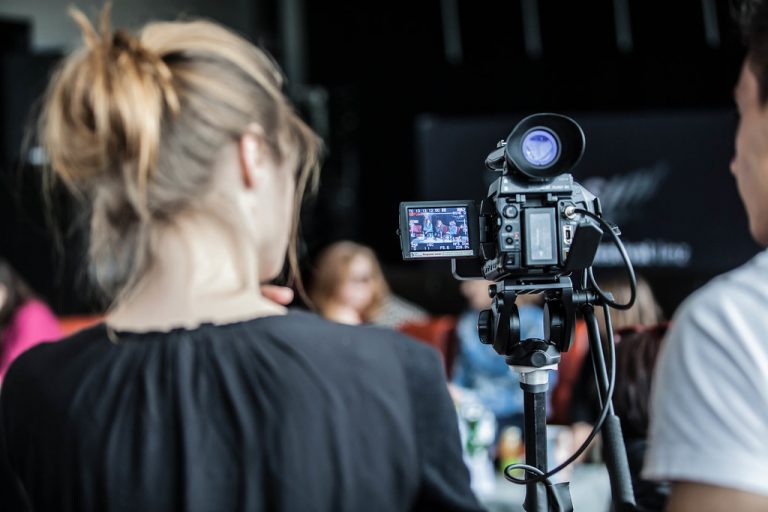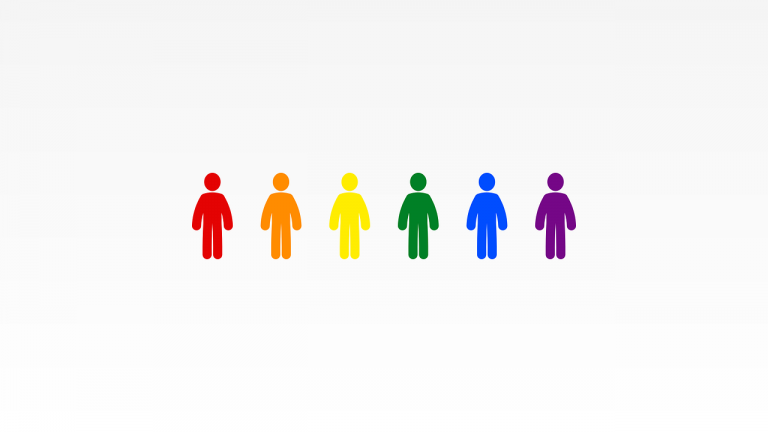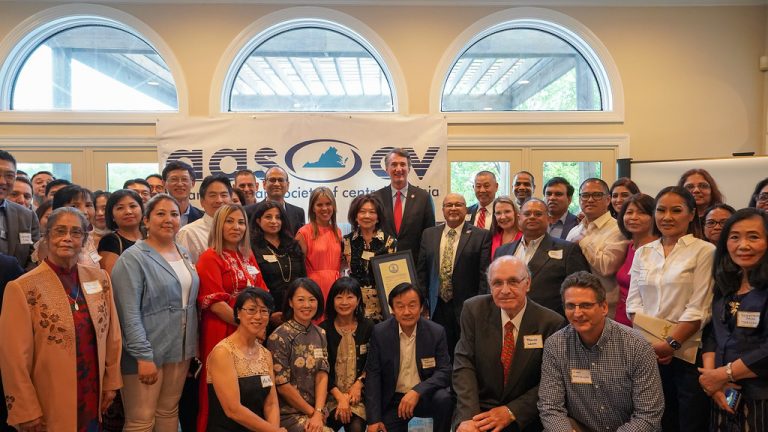How Black Stereotypes in Film and Media Reinforces Racism in America
Recently, I wrote about four black stereotypes in American films here. It wasn’t enough as I didn’t touch on a few crucial topics that were missing. To bring more awareness to this, the mammy and criminal stereotypes are historically among the most racist stereotypes to date. Some of these issues are still problematic today. Here’s why:
How the Mammy Portrays false Representation
Ever since the beginning of the United States’ history, slavery has always been an issue. Black women were used as surrogate mothers to raise white children and take care of the white man’s home. They were additionally part of the family, but not really. In early films, the mammy trope was popularized with blackface, enjoying life as a loving and caring maid for white families. Along with that, the mammy didn’t care for her own family and would rather serve a white person. An example of the “perfect” mammy can be identified in the 1915 silent film The Birth of a Nation. In it, portrays a blackface mammy who risks her life to save her white master’s home from black and white Union soldiers.
Along with the mammy portrayed as a loyal slave in Birth of a Nation, we see other blackface characters as criminals and sexual predators who preyed on white women. With that, it depicts the black characters also acting as dirty people with no manners. This prompted the Ku Klux Klan forming and acting as heroes to protect white supremacy. As racist and inaccurate as it was, this bolstered the stereotype of black people being criminals.
How Black Americans are treated as Criminals Throughout History
Watch any American film that involves a city or criminals. You will more than likely see black people cast as criminals and gangsters. They will be living in bad places and act violently towards one another. This racist stereotype clearly isn’t true, and depicts a negative connotation toward black people.
As time went on, black people had to put up with this hardship not only on representation in films, but real life. In the 1980’s, there was the cocaine crisis and the war on drugs. Crack cocaine was the main issue for news companies to focus on. Black people were their prime suspect. The news outlets and government started framing these people as violent criminals, further pushing this racist stereotype. On the other hand, comparing the crack cocaine problem with the early 2000’s meth problem – used mostly by white people, were framed as non-criminals with mental health issues. Why weren’t cocaine users treated the same way? That’s for another time.
Because of this stereotype, black people in films are shown as drug dealers and violent criminals and gangsters. You can usually see this in hood movies, where people live in poverty in urban communities. Although created by black writers and directors, hood movies portray black people in a bad light. In the 1990’s, films such as Menace II Society and Friday bring awareness to people living in these situations, but the violence and drug depiction outweighed the message for audiences. During that time, the media was labeling black men as “super predators”. This reinforced people to believe black people lived this way.
What can we do?
During Black History Month, I feel we must educate ourselves about celebrations and adversities involving black people, figures, businesses, organizations, and communities. Even after Black History Month, we shouldn’t be turning off interests like big companies do. Black history is US history, whether it be on film or everyday experiences. If you feel like you don’t know what you can do, it’s ok to ask a friend how you can be a better ally and when to participate in supporting black communities and voices.






